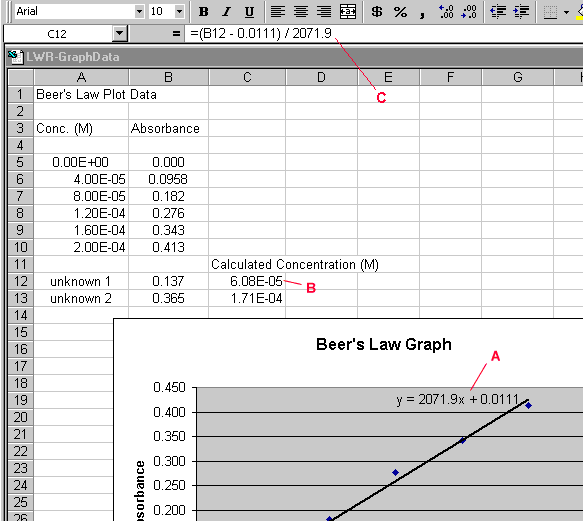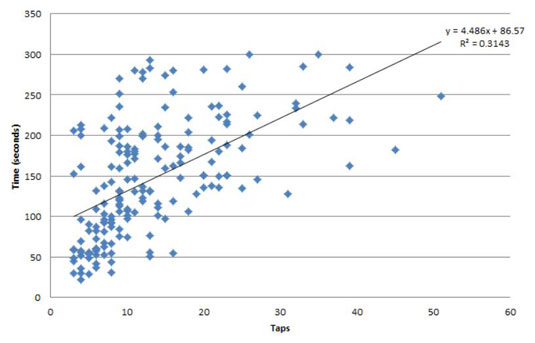

- #Find linear regresion for only one part of line in excel mac how to
- #Find linear regresion for only one part of line in excel mac code
- #Find linear regresion for only one part of line in excel mac series
In this tutorial, you learned how to create, train, and test your first linear regression machine learning algorithm. mean_squared_error (y_test, predictions ) ) Final Thoughts mean_squared_error (y_test, predictions )

mean_absolute_error (y_test, predictions ) hist (y_test - predictions ) from sklearn import metrics predict (x_test ) # plt.scatter(y_test, predictions) X_train, x_test, y_train, y_test = train_test_split (x, y, test_size = 0.3 ) from sklearn.
#Find linear regresion for only one part of line in excel mac code
Here is the code you'll need to generate predictions from our model using the predict method: Since the predict variable is designed to make predictions, it only accepts an x-array parameter. You simply need to call the predict method on the model variable that we created earlier. Scikit-learn makes it very easy to make predictions from a machine learning model. Now that we've generated our first machine learning linear regression model, it's time to use the model to make predictions from our test data set. Similarly, small values have small impact. Said differently, large coefficients on a specific variable mean that that variable has a large impact on the value of the variable you're trying to predict. What this means is that if you hold all other variables constant, then a one-unit increase in Area Population will result in a 15-unit increase in the predicted variable - in this case, Price. Let's look at the Area Population variable specifically, which has a coefficient of approximately 15. Let's take a moment to understand what these coefficients mean. The output in this case is much easier to interpret: You can import pandas with the following statement: It is convention to import pandas under the alias pd. The first library that we need to import is pandas, which is a portmanteau of "panel data" and is the most popular Python library for working with tabular data. The Libraries We Will Use in This Tutorial The other variable, denoted y, is regarded as the response, outcome, or dependent variable. One variable, denoted x, is regarded as the predictor, explanatory, or independent variable.

Before we build the model, we'll first need to import the required libraries. Simple linear regression is a statistical method that allows us to summarize and study relationships between two continuous (quantitative) variables. More specifically, we will be working with a data set of housing data and attempting to predict housing prices. This will allow you to focus on learning the machine learning concepts and avoid spending unnecessary time on cleaning or manipulating data. Since linear regression is the first machine learning model that we are learning in this course, we will work with artificially-created datasets in this tutorial. The Data Set We Will Use in This Tutorial

You can skip to a specific section of this Python machine learning tutorial using the table of contents below: We wish to estimate the regression line: y b 1 + b 2 x 2 + b 3 x 3. This tutorial will teach you how to create, train, and test your first linear regression machine learning model in Python using the scikit-learn library. set.In the last lesson of this course, you learned about the history and theory behind a linear regression machine learning algorithm. You can review how to customize all the available arguments in our tutorial about creating plots in R.Ĭonsider the model Y = 2 + 3X^2 + \varepsilon, being Y the dependent variable, X the independent variable and \varepsilon an error term, such that X \sim U(0, 1) and \varepsilon \sim N(0, 0.25). You can also specify the character symbol of the data points or even the color among other graphical parameters. Passing these parameters, the plot function will create a scatter diagram by default. You can create scatter plot in R with the plot function, specifying the x values in the first argument and the y values in the second, being x and y numeric vectors of the same length. 2 Smooth scatterplot with the smoothScatter function.
#Find linear regresion for only one part of line in excel mac series


 0 kommentar(er)
0 kommentar(er)
